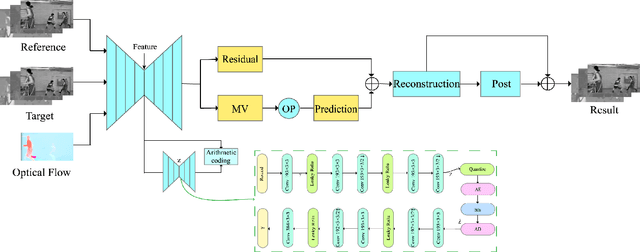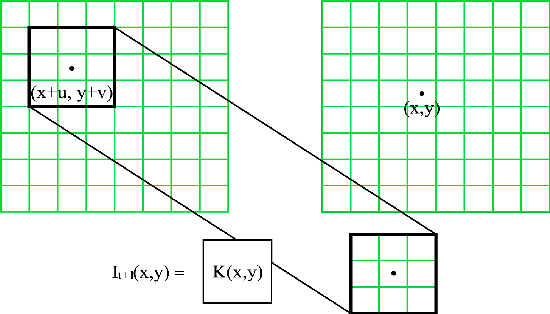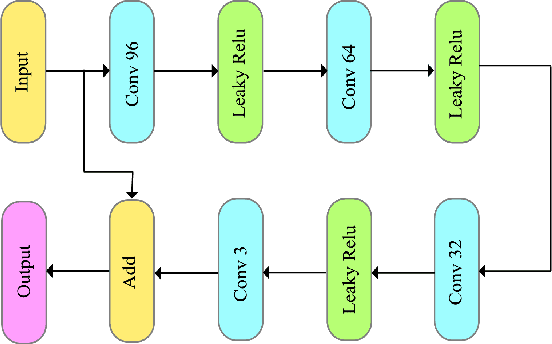Ziwen Zhang
Focus On Details: Online Multi-object Tracking with Diverse Fine-grained Representation
Mar 08, 2023Abstract:Discriminative representation is essential to keep a unique identifier for each target in Multiple object tracking (MOT). Some recent MOT methods extract features of the bounding box region or the center point as identity embeddings. However, when targets are occluded, these coarse-grained global representations become unreliable. To this end, we propose exploring diverse fine-grained representation, which describes appearance comprehensively from global and local perspectives. This fine-grained representation requires high feature resolution and precise semantic information. To effectively alleviate the semantic misalignment caused by indiscriminate contextual information aggregation, Flow Alignment FPN (FAFPN) is proposed for multi-scale feature alignment aggregation. It generates semantic flow among feature maps from different resolutions to transform their pixel positions. Furthermore, we present a Multi-head Part Mask Generator (MPMG) to extract fine-grained representation based on the aligned feature maps. Multiple parallel branches of MPMG allow it to focus on different parts of targets to generate local masks without label supervision. The diverse details in target masks facilitate fine-grained representation. Eventually, benefiting from a Shuffle-Group Sampling (SGS) training strategy with positive and negative samples balanced, we achieve state-of-the-art performance on MOT17 and MOT20 test sets. Even on DanceTrack, where the appearance of targets is extremely similar, our method significantly outperforms ByteTrack by 5.0% on HOTA and 5.6% on IDF1. Extensive experiments have proved that diverse fine-grained representation makes Re-ID great again in MOT.
End-to-end Optimized Video Compression with MV-Residual Prediction
May 26, 2020



Abstract:We present an end-to-end trainable framework for P-frame compression in this paper. A joint motion vector (MV) and residual prediction network MV-Residual is designed to extract the ensembled features of motion representations and residual information by treating the two successive frames as inputs. The prior probability of the latent representations is modeled by a hyperprior autoencoder and trained jointly with the MV-Residual network. Specially, the spatially-displaced convolution is applied for video frame prediction, in which a motion kernel for each pixel is learned to generate predicted pixel by applying the kernel at a displaced location in the source image. Finally, novel rate allocation and post-processing strategies are used to produce the final compressed bits, considering the bits constraint of the challenge. The experimental results on validation set show that the proposed optimized framework can generate the highest MS-SSIM for P-frame compression competition.
 Add to Chrome
Add to Chrome Add to Firefox
Add to Firefox Add to Edge
Add to Edge